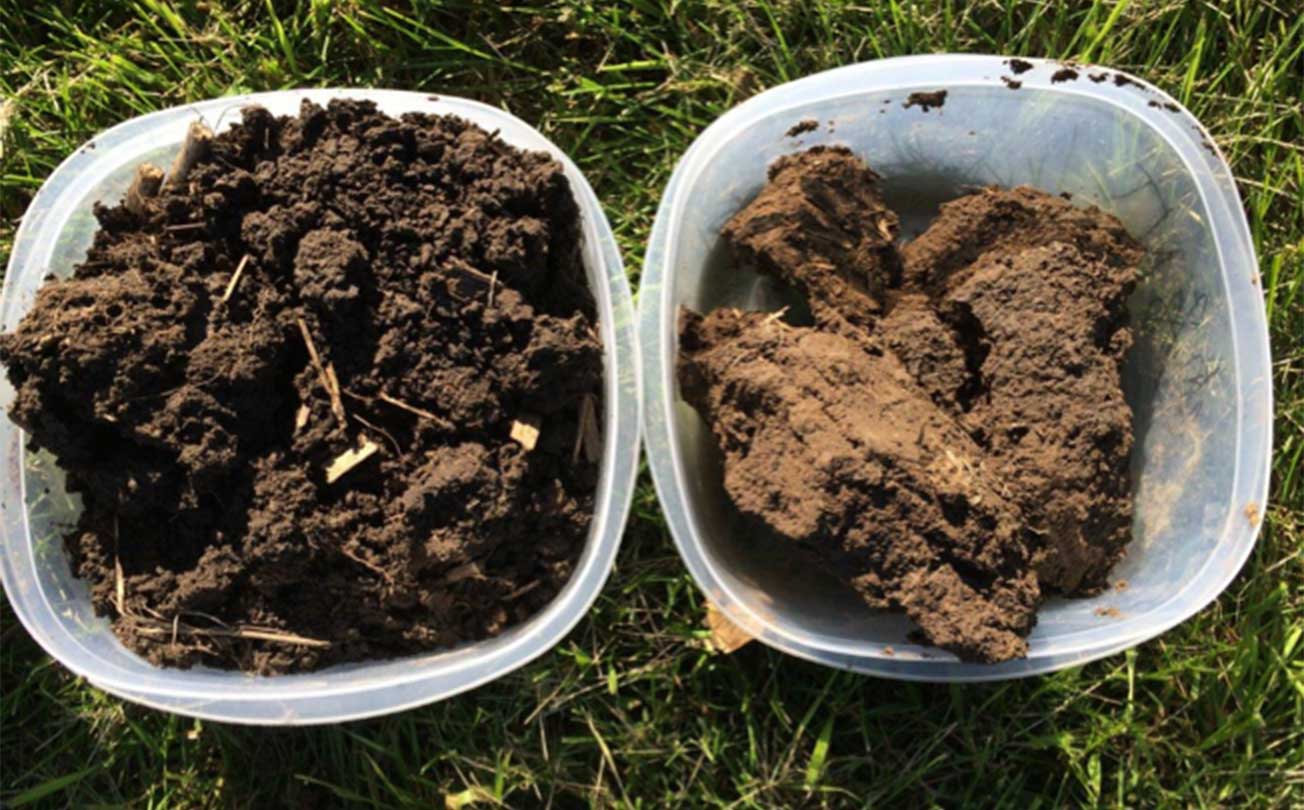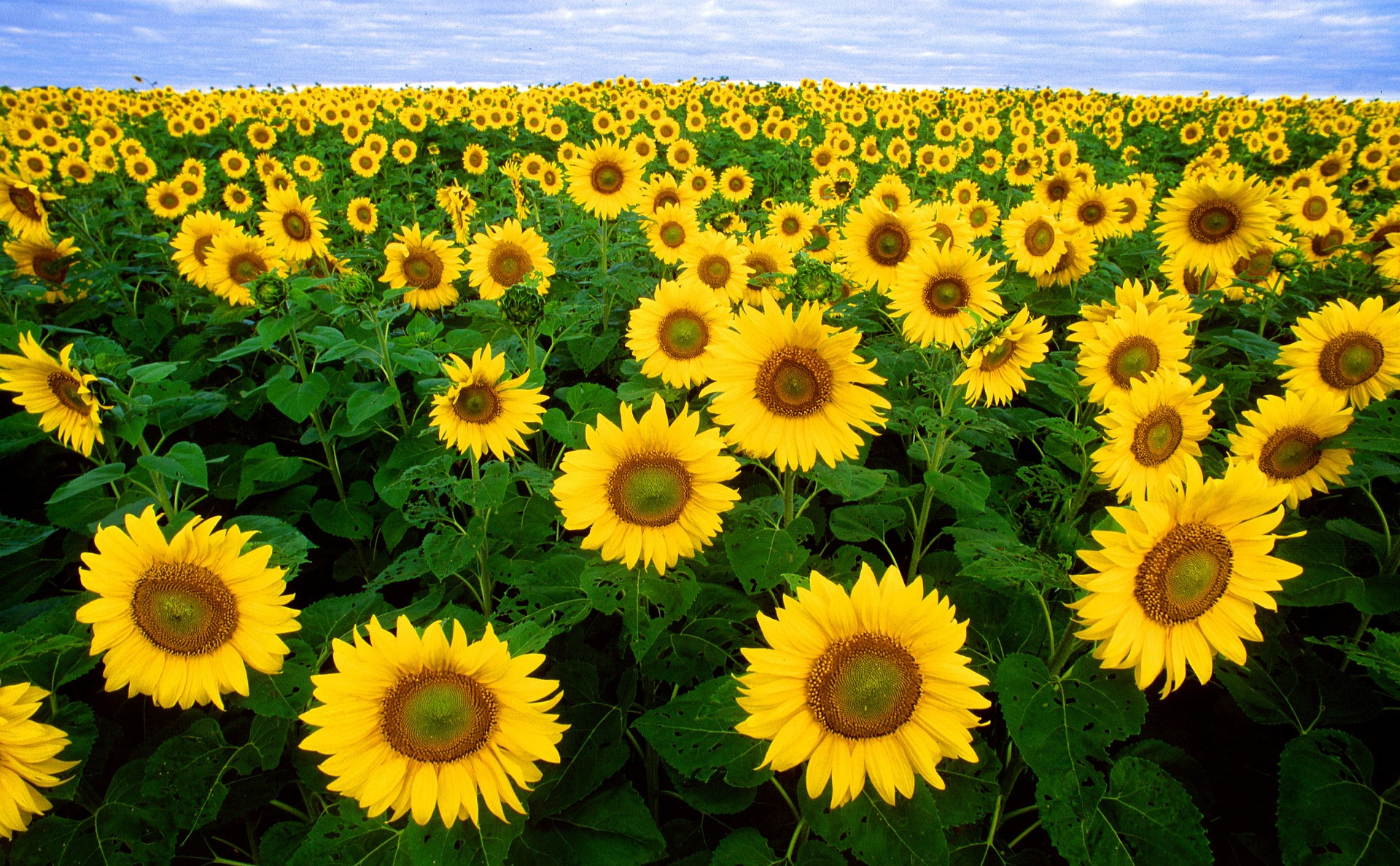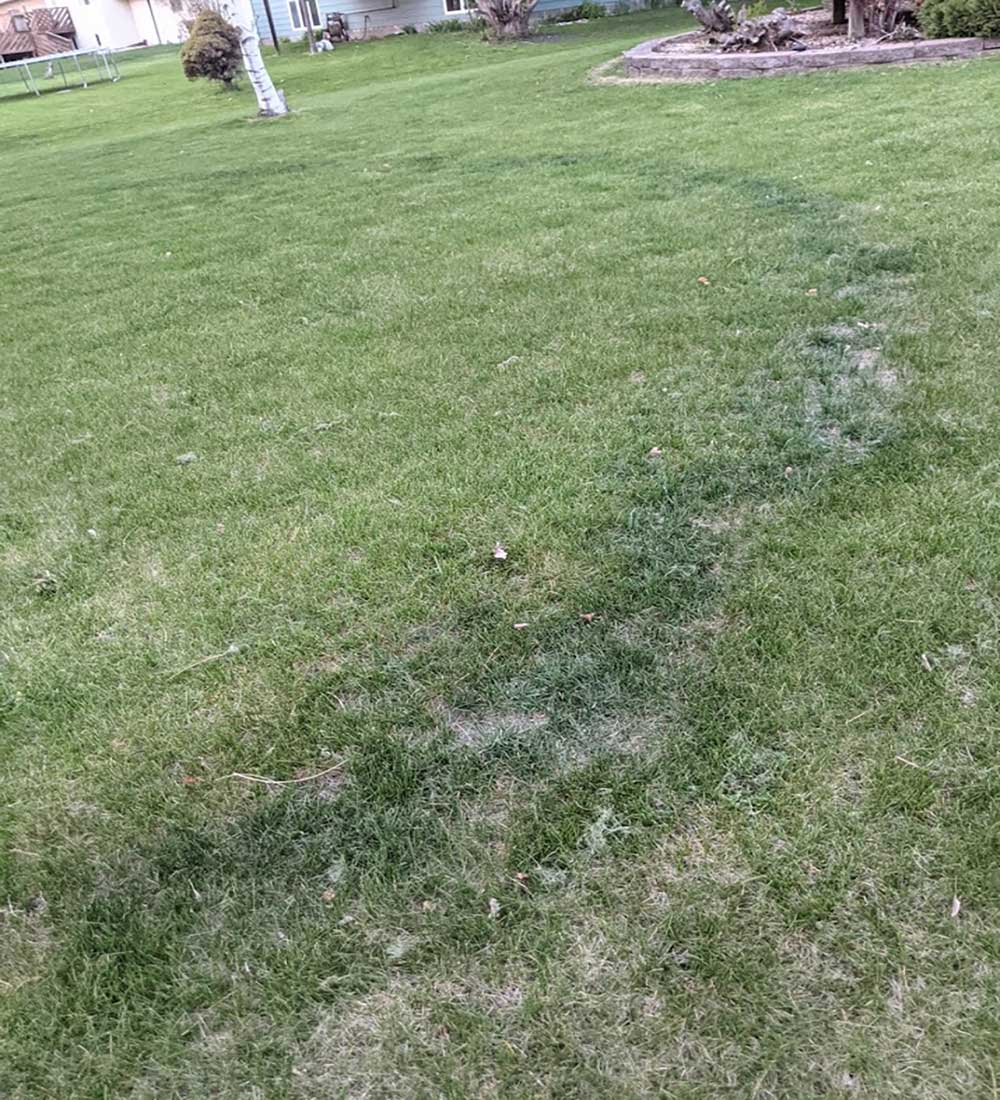Search
![A green tractor planting seeds in a no-till field. Courtesy: United Soybean Board [CC BY 2.0] via Flickr](/sites/default/files/2019-10/W-00433-00-no-till-planting-soybeans-field.jpg)
Farm Practices That Improve Soil Health: Crop Rotations and No-Till
Implementing diverse crop rotations and no-till practices are common suggestions to reduce erosion, control pests, and improve yields. These practices can also improve soil health through an increase in soil carbon levels.

Preparing Turkey for the Holidays
The holidays often involve preparing turkey. Planning ahead to safely prepare and roast a turkey will relieve some of the cooking stress associated with the holidays. Safe food handling is important for the health of you and your family.

Instant Pot 101
Pressure cooking is a popular cooking option as it cooks and tenderizes food quickly. The Instant Pot works by quickly heating contents of the sealed pot, resulting in a buildup of steam and pressure.

Pre-Plant Disease Management Considerations
If the forecast holds true, it looks like it is going to be another year of excessive soil moisture and possible flooding come this spring. The increased level of soil moisture has implications with regards to plant stand establishment as well as root rot and nematode infestations.

Organic Agronomy Starting to Impact
For decades scientists have known that a handful of soil contained more micro-biological organisms than the number of humans on earth. Science is just beginning to discover these organisms and learn about their functions and contribution to their soil ecosystem.

iCook
Curriculum intended for out-of-school settings with the goal of promoting healthy lifestyles for 9- and 10-year-old youth and the adult who prepares their meals
SDSU Extension’s Soybean Week Dives into Pest Management, Soil Health and 2021 Outlook
January 07, 2021
Want to know more about weed control, research, planting dates, and fungicide? Join us on January 19 - 22.

2021 South Dakota Pest Management Guides Now Available
February 04, 2021
SDSU Extension has released the 2021 South Dakota Pest Management Guides.

Fairy Rings in Lawns
Seeing greener grass in circular pattern in your lawn? This is not due to uneven fertilizer application, but rather due to a fungi feeding on decomposing matter and releasing nitrogen in the affected areas.

Scout for Tan Spot in Winter Wheat
Tan spot was observed in a few winter wheat fields scouted recently. It is important to scout winter wheat for tan spot and other early diseases developing before deciding to apply an early-season fungicide tank mixed with herbicide.